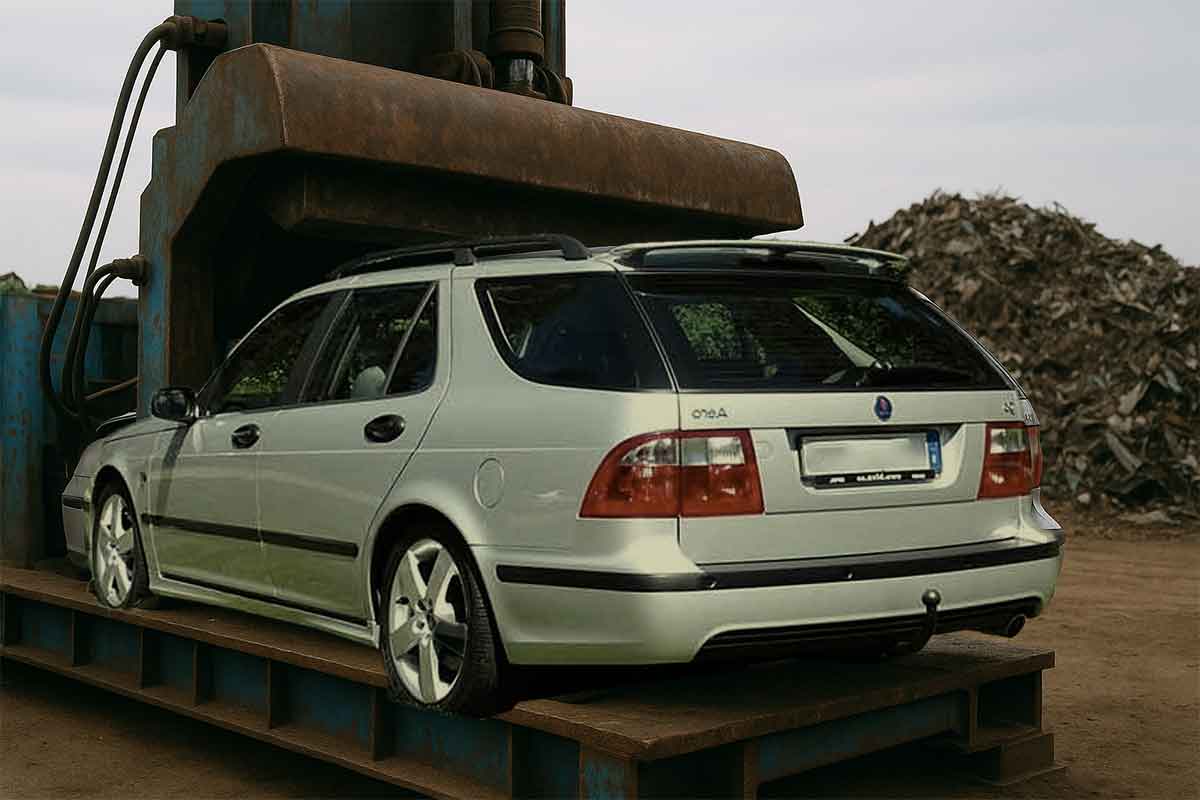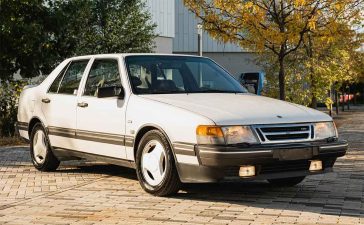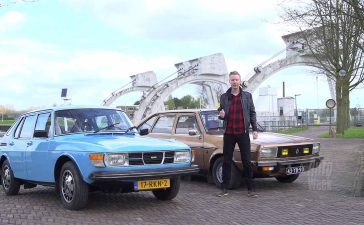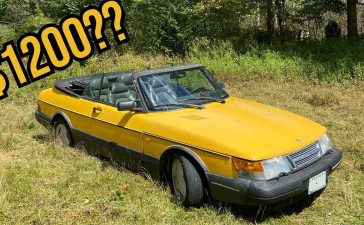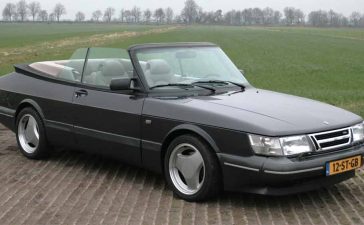It could have happened anywhere – in a quiet suburb of Gothenburg, a small Finnish town, or a Canadian cul-de-sac. But this time, it happened in Ängelholm, a tranquil coastal city in southern Sweden. A local resident parked his Saab 9-5 Wagon, perhaps the most quintessentially Swedish of all cars – practical, safe, and unpretentious. Days later, he would discover that his beloved car had not only been fined but confiscated and sent to the scrapyard – all without his knowledge.
The case has drawn national attention after Sweden’s Justitieombudsmannen (JO) – the Parliamentary Ombudsman – issued sharp criticism against the municipality of Ängelholm for its handling of the situation, as reported by local Swedish outlets Helsingborgs Dagblad and CarUp.se. What began as a minor parking violation spiraled into a bureaucratic tragedy that Saab owners everywhere can relate to: a deep sense of loss over something that was never just a car.
A Parking Ticket, Then Silence
According to Helsingborgs Dagblad, the story began with what should have been an ordinary parking fine. The man’s Saab was ticketed for improper parking, a common enough occurrence in any city. But before he could even pay the fine – or, crucially, move the vehicle – the municipality decided the car looked abandoned and moved to confiscate it.
The Saab, which reportedly had a temporary driving ban and appeared “scrap-worthy” according to the municipality, was removed after standing in a public area for more than 24 hours. What followed was a Kafkaesque sequence of miscommunication and procedural errors. The owner was never properly notified. By the time he realized what had happened, his Saab had been destroyed.
“This is remarkable,” the Ombudsman wrote in its report. “Such ambiguous communication makes it difficult for an individual to safeguard their rights.”
In a nation known for its meticulous order and fairness, this was a shocking verdict.
How the Municipality Justified It
Officials in Ängelholm defended their decision by stating that the car was in poor condition, had a driving ban, and appeared neglected. They claimed it had been parked on public property for too long, and after following procedure, they had held it for three months before sending it to the crusher.
Yet the Ombudsman found inconsistencies in that narrative. The owner said he received confusing information, suggesting he had three months to reclaim his vehicle – when in fact, the Saab had already been scrapped.
To make matters worse, personal belongings left in the car were also lost forever. What might have been simple negligence became a symbol of bureaucratic coldness – and, perhaps, of how even in Sweden, the system can fail the individual.
A Saab Story That Resonates Beyond Ängelholm
For Saab owners, this story strikes a nerve. A Saab 9-5 Wagon isn’t just another car. It’s a part of Sweden’s industrial soul, a reflection of safety, design ingenuity, and resilience. When a Saab is destroyed – especially one that might have been restored, repaired, or simply loved – it feels like more than property loss. It feels like a betrayal of Swedish automotive heritage.
In SaabPlanet’s community, we’ve seen stories of Saabs brought back from the dead – cars rescued from barns, forests, or scrapyards, often restored with care and devotion. For many, these cars symbolize a defiance against waste, conformity, and disposability. That’s why the Ängelholm case feels so wrong: it turns a misunderstanding into irreversible loss.
The Ombudsman’s Verdict: A Lesson in Responsibility
Sweden’s Justitieombudsmannen exists to protect citizens from administrative abuse or negligence. In this case, the Ombudsman made it clear: the municipality’s communication was tvetydig – ambiguous and misleading.
While the officials technically followed certain procedures, their actions failed to ensure that the owner was properly informed. The case highlights the growing tension between automated, impersonal administrative systems and the human stories they affect.
For the Ombudsman, it wasn’t just about a Saab – it was about trust. Public institutions must not only follow rules but uphold transparency and empathy.
Could This Happen Anywhere?
The irony is painful: a car once built to protect lives became the victim of procedural rigidity. It could happen in any modern city, where local authorities rely on digital databases and bureaucratic checklists.
As electric cars and connected vehicles increasingly dominate our streets, ownership and accountability are becoming abstract concepts. The human element – the story behind the car, the person behind the wheel — risks being erased by efficiency.
Imagine your classic Saab 900 Turbo or your daily-driver 9-3 TTiD sitting too long in a parking lot while you’re abroad, only to find it gone, recycled, and written off by “process.” That’s the nightmare the Ängelholm story captures so vividly.
Bureaucracy vs. Humanity: What the Saab Spirit Teaches Us
This isn’t just a cautionary tale about parking laws – it’s a reminder of what Saab stood for. Ingenuity, empathy, and individuality. Saab was never a brand that followed the crowd. It built cars for thinkers, engineers, and dreamers – for people who believed machines could reflect human values.
In that light, the Ängelholm case becomes more than a headline. It’s a moral question: how do we treat the things – and people – that fall outside our narrow definitions of order?
If Saab taught us anything, it’s that rules matter, but humanity matters more.
A Fitting Epilogue
The Ombudsman’s decision won’t bring back the scrapped Saab 9-5. But it does send a message – one that echoes far beyond Ängelholm. Bureaucracy without compassion is just machinery. And in Sweden, a country that gave us Saab, that realization stings all the more.
In the end, perhaps this story will inspire others to think twice before labeling an aging car as “abandoned.” Because in the world of Saab, every car has a story worth saving.

